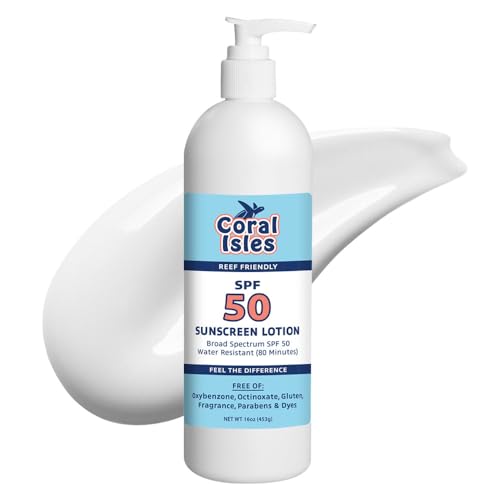RockyHeap
Evil Genius
Help Anthony or others experienced in removing long established Deep sand beds and accumlated nutrients.
my tank is 135 gallon, set up almost 10 years. Fine aragonite sand was used 3" deep on one half of the 6 foot long tank. So, 3 foot long x 3" deep of sand is covering a zero current plenum.
Reef is mostly soft corals and zoo's, a couple brains and pociliapora, couple anemones, and over 200 pounds of LR. I run a ton of current in the tank, but nutrients have accumulated over the years.
So, how best to remove this blackened sand? My thoughts are to set up a temporary 55 gallon tank next to the 135, filling of the 55 with established tank water, and transfer over any loose and easily movable corals. Keep up water circulation and heating of this 55 tank for 24-48 hours.
Break down reef structure in the 135 and remove all LR to another temp tank/holding area (rubbermaid container) and syphon out the blackened sand, then remove the plenum after trying to syphon out detritus from under the under gravel filter through one of the 1" ports while using a powerhead to positive pressure blow water through another 1" port in the UGF. Don't want all this gunk to circulate in the main tank.
Allow main 135 reef to settle all stirred up detritus and do massive waterchange before putting main show corals back in. 24-48 hours later?
Should I run Carbon, Phosguard/ban, and filter sock/foam mechanical filtertration during this process?
See the pics for how bad the sand is, this isn't Cyano or other bacteria, I'm going to syphon a cup or two of sand into a bucket to measure the hydrogen sulfide stink factor.
HELP! Suggestions on the lowest impact to the reef and valued critters?
I plan to go bare bottom or just an inch of sand in the future.
my tank is 135 gallon, set up almost 10 years. Fine aragonite sand was used 3" deep on one half of the 6 foot long tank. So, 3 foot long x 3" deep of sand is covering a zero current plenum.
Reef is mostly soft corals and zoo's, a couple brains and pociliapora, couple anemones, and over 200 pounds of LR. I run a ton of current in the tank, but nutrients have accumulated over the years.
So, how best to remove this blackened sand? My thoughts are to set up a temporary 55 gallon tank next to the 135, filling of the 55 with established tank water, and transfer over any loose and easily movable corals. Keep up water circulation and heating of this 55 tank for 24-48 hours.
Break down reef structure in the 135 and remove all LR to another temp tank/holding area (rubbermaid container) and syphon out the blackened sand, then remove the plenum after trying to syphon out detritus from under the under gravel filter through one of the 1" ports while using a powerhead to positive pressure blow water through another 1" port in the UGF. Don't want all this gunk to circulate in the main tank.
Allow main 135 reef to settle all stirred up detritus and do massive waterchange before putting main show corals back in. 24-48 hours later?
Should I run Carbon, Phosguard/ban, and filter sock/foam mechanical filtertration during this process?
See the pics for how bad the sand is, this isn't Cyano or other bacteria, I'm going to syphon a cup or two of sand into a bucket to measure the hydrogen sulfide stink factor.
HELP! Suggestions on the lowest impact to the reef and valued critters?
I plan to go bare bottom or just an inch of sand in the future.


































































